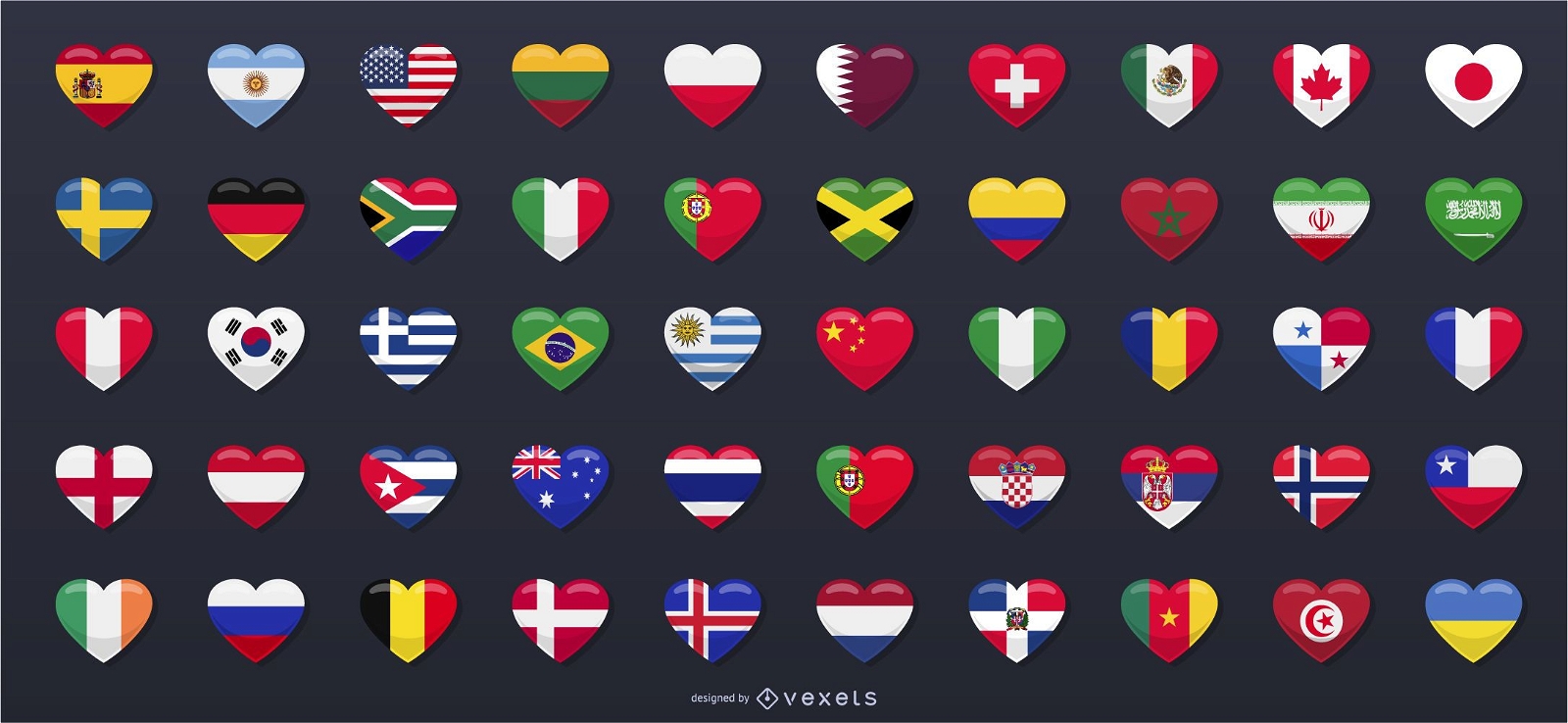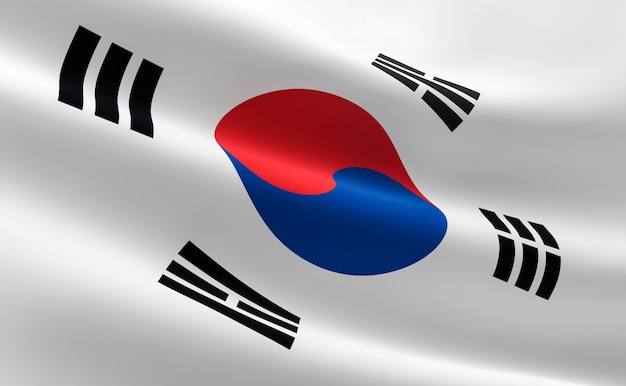Hello everybody!
During the last weeks I have written several posts on the geometry in different areas: didactic methods, techniques and materials for the learning of the geometry in Primary (the geoboard, the technological applications and the movie 'Donald Duck'), the geometry represented in different artistic styles (Picasso, urban art through Invaders …), the geometry in the sport (the basketball), the geometry in the cities (grid plans) and the history of some geometric figures in the flags.
With these posts I have pretended the readers of this blog see different ways of learning geometry. Although several of the posts are not directly didactic, they are very valid to teach this mathematical area. Through real contexts learning is very enterteining and useful. For example, by means of Picasso's pictures children can identify flat figures, analyzing the national flags they can know something of the history of those countries, or as the lines of a basketball field can be used by the students to measure them and calculate the area and the perimeter.
This has been the aim of this blog, to teach geometry in a different way and to create an awareness of presence, influence and importance of the geometry in the real life.
I hope you have enjoyed it!
This has been the aim of this blog, to teach geometry in a different way and to create an awareness of presence, influence and importance of the geometry in the real life.
I hope you have enjoyed it!




















